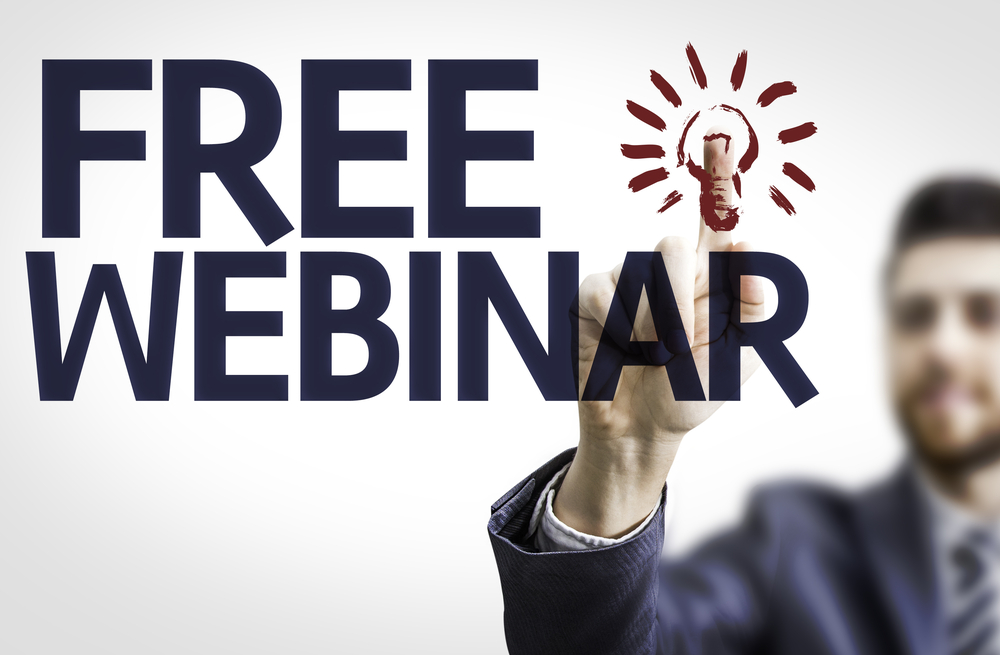Planning a successful B2B webinar requires careful preparation and execution. Here are easy steps to help you plan a successful B2B webinar:
1. Define Clear Objectives:
- Determine the specific goals of your webinar. Are you looking to generate leads, educate your audience, or showcase a new product? Clear objectives will guide your planning.
2. Identify Your Target Audience:
- Understand your ideal attendees. Define their job roles, pain points, and interests. Tailor your content to address their needs.
3. Choose a Relevant Topic:
- Select a topic that aligns with your audience's interests and industry trends. Solve a common problem, provide valuable insights, or showcase expertise.
4. Plan the Content:
- Outline the structure of your webinar, including key points, visuals, and any guest speakers. Create a compelling narrative that keeps the audience engaged.
5. Set a Date and Time:
- Choose a date and time that accommodate your target audience. Consider different time zones if your audience is global. Midweek mornings or afternoons are often ideal.
6. Select the Right Platform:
- Use a reliable webinar platform that supports your needs. Popular options include Zoom, GoToWebinar, and WebEx.
7. Promote Your Webinar:
- Create a landing page for registration. Promote the event through email marketing, social media, your website, and industry forums. Highlight the value attendees will gain.
8. Registration Process:
- Simplify the registration process. Collect essential information and send a confirmation email with the webinar details.
9. Prepare Engaging Visuals:
- Create visually appealing slides and graphics to support your content. Use visuals to complement your message and keep the audience's attention.
10. Rehearse Your Presentation: - Practice your presentation several times to ensure a smooth delivery. Rehearse with colleagues to get feedback.
11. Engage Your Audience: - Plan interactive elements, such as polls, Q&A sessions, and chat discussions. Encourage audience participation to keep them engaged.
12. Technical Setup: - Ensure your technical setup is reliable. Test your microphone, camera, and internet connection. Have a backup plan in case of technical issues.
13. Script and Presenter Notes: - Create a script and presenter notes to guide your delivery. Ensure all speakers are on the same page regarding timing and content.
14. Run a Dry Run: - Conduct a final rehearsal, ideally on the same platform you'll use for the live webinar, to address any last-minute issues.
15. Promote Again: - Send reminder emails to registered attendees a day before and an hour before the webinar. Include the link and any necessary instructions.
16. Live Webinar: - Start the webinar on time. Present confidently, engage with your audience, and follow your script.
17. Record the Webinar: - Record the live webinar for those who couldn't attend or for future use as a content asset.
18. Post-Webinar Follow-Up: - Send a thank-you email to attendees. Provide a link to the recorded webinar for those who missed it. Ask for feedback and offer additional resources.
19. Measure Results: - Analyze the success of your webinar by examining attendance rates, engagement, and leads generated. Use these insights to improve future webinars.
20. Repurpose Content: - Repurpose the webinar content into blog posts, infographics, or social media updates to extend its reach.
By following these easy steps, you can plan and execute a successful B2B webinar that engages your target audience, educates them on valuable topics, and generates leads for your business. Remember to continuously improve your webinars based on feedback and results to ensure ongoing success.





Leave a Comment